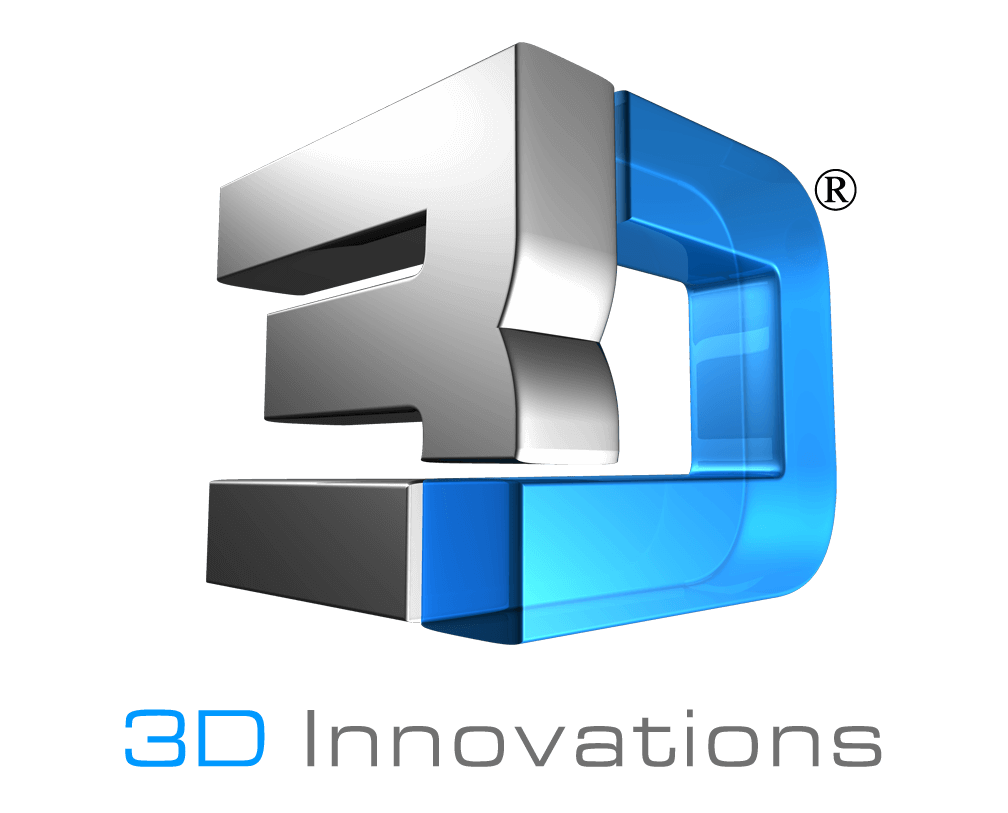Introduction:
Bringing an idea from a simple sketch to a tangible, functional part is a journey filled with creativity, innovation, and technical expertise. In this blog post, we’ll explore the fascinating process of turning a concept into reality, highlighting the key steps involved in the journey from sketch to part.
The terms “prototype” and “pre-production unit” refer to different stages in the product development process, each serving distinct purposes and characteristics. Here’s a breakdown of the key differences between a prototype and a pre-production unit:
Purpose:
Prototype: Prototypes are created primarily for testing and validation purposes. They help engineers and designers evaluate the functionality, performance, and feasibility of a design concept. Prototypes are often used to identify design flaws, refine features, and gather feedback before moving into production.
Pre-production Unit: Pre-production units, on the other hand, are closer to the final product and are manufactured using production-grade materials and processes. They serve as a final validation step before mass production, allowing manufacturers to assess manufacturing processes, quality control measures, and overall production readiness.
Stage of Development:
Prototype: Prototypes are typically created in the early stages of product development, often during the design and testing phases. They may undergo several iterations and revisions as the design is refined based on testing feedback.
Pre-production Unit: Pre-production units are created later in the development process, once the design has been finalized and validated through prototyping. They represent a near-final version of the product and are used to validate the entire production process before full-scale manufacturing begins.
Materials and Manufacturing Processes:
Prototype: Prototypes are often made using rapid prototyping techniques or off-the-shelf components. The emphasis is on quickly creating a functional model for testing and evaluation. The materials and manufacturing processes used for prototypes may not be representative of those used in mass production.
Pre-production Unit: Pre-production units are manufactured using production-grade materials and processes. This ensures that the units closely resemble the final product in terms of materials, finish, and performance. Manufacturers may use the same equipment, tooling, and processes that will be used for mass production to produce pre-production units.
Quantity:
Prototype: Prototypes are typically produced in small quantities, often limited to a handful of units. They are used for testing and validation purposes and may not be suitable for mass production.
Pre-production Unit: Pre-production units may be produced in larger quantities, depending on the needs of the manufacturing process. While the quantity is still limited compared to full-scale production, pre-production units are manufactured in sufficient numbers to validate the production process and address any issues before ramping up production.
Conclusion:
In summary, prototypes are early-stage models created for testing and validation, while pre-production units are near-final versions of the product used to validate the manufacturing process before mass production. Both play crucial roles in the product development lifecycle, ensuring that the final product meets quality standards and customer expectations.
3D Innovations helps develop designs and drawings to commercialize your idea. See how to get started today.
______
Developing Ideas From Concept To Product®
3D Innovations is a Product Development Company – from the 3D Design to a fully functional 3D Prototype & Product.
Connect with us on Twitter, Facebook, Instagram, & LinkedIn today.

